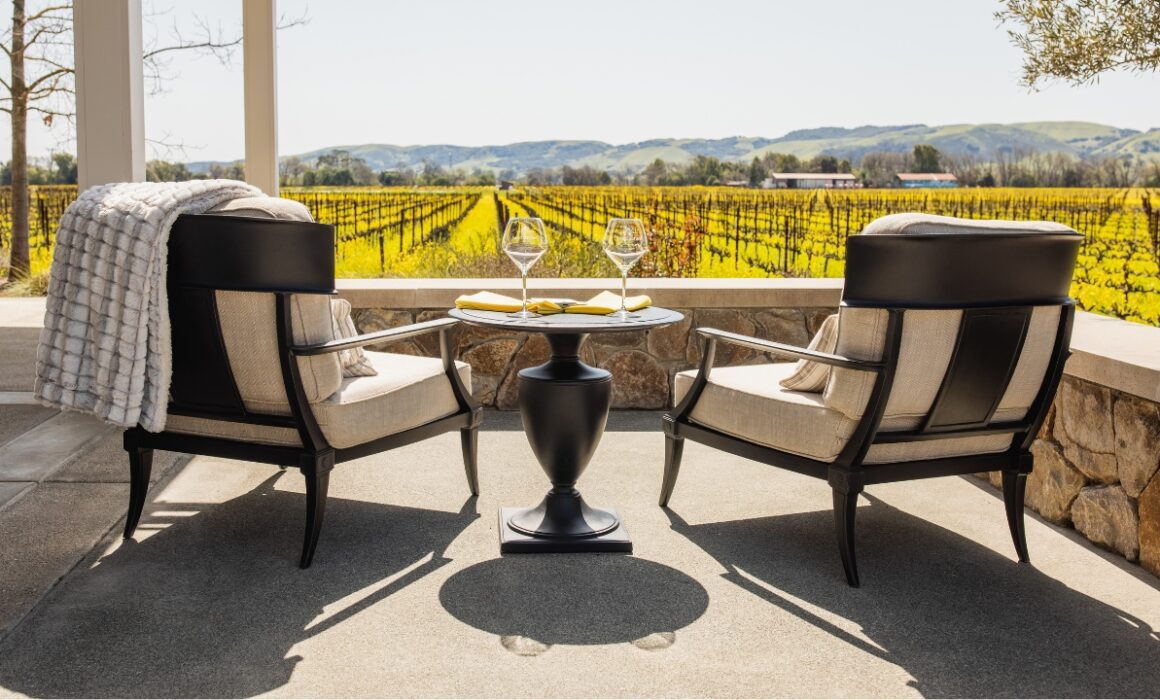The Power of Small
By Virginie Boone
A brief June 19 news piece by Roger Morris in The Drinks Business had a spot of sunshine in “Smaller Wineries Lead Economic Turnaround in the U.S.,” singling out Sonoma County as one of the regions reporting some of the highest growth rates in DTC sales in 2024.
Quoting the 2025 Silicon Valley Bank DTC report, it said, “The American wine industry is beginning to show signs of a turnaround in the current downward sales cycle, and that turnaround is being led by growth in direct-to-consumer sales, with smaller wineries seizing the opportunity more than are larger ones… this report calls out the success smaller wineries are having negotiating change.”
The report found that the average winery sells 70% of its production directly to consumers (Sonoma County’s average is 66%, about the same as Napa). This is increasingly important as data shows the wholesale channel shrinking to about 28% of sales, and the conclusion that “smaller wineries in the United States are proving to be more nimble and more resourceful in meeting the challenge.”
SVB, now a division of First Citizens Bank, also detailed how the major trend over recent years has been the use of wine clubs as a primary sales engine for DTC, as tasting room visits and e-commerce decline, documenting that an “average change in DTC wine dollar sales in 2024 was up 3.2% versus a rise of 1.2% in 2023.”
Sonoma County had the second-highest average tasting room purchase, too, $269.32 in 2024, its highest ever, as compared with $195 in 2018. Napa’s average was higher, at $463.12 compared to $316 in 2018, but that might well reflect the region’s increasingly expensive per-bottle price; it was also a drop from the 2022 high of $488.
Categorizing “small” into several annual production tiers, from 1-2,500 cases/year to 2,500-5,000 cases/year, these smallest tiers saw a respective 6% to 4% increase in their wine club acquisition rates, while 5,000-10,000-case production wineries grew by only 1% and larger wineries experienced negative growth.
The report concludes that the greater success of the smaller wineries might well have to do with better, more authentic customer engagement, particularly with “an evolving (younger) consumer group (that) expects brands to align with their values and passions.”
Regions like Sonoma County also benefit from having more locally based customers, which help offset the cost of wine shipping, as well as the ability to offer one-off, limited and exclusive wines to their members.
The report also gets into specifics on an array of tactics geared to attracting people aged 30 to 46, from “emphasizing fun,” to publishing “provocative blogs with content that challenges traditional views, sparks debate and seeks to disrupt the status quo,” to “appreciating that this demographic travels in groups… Leverage the power of social circles by linking visitors coming together.”
The report also encourages brand growth “in cities and regions distant from the winery to avoid over-dependence on your wine country tasting room as the sole channel for club growth.”
This is where Sonoma County Winegrowers’ partnerships outside of our region have proved crucial in benefiting Sonoma County wineries as well, from the Houston Rockets NBA team and San Francisco Giants MLB team bringing Sonoma County wines in front of sports fans in important markets to GuildSomm’s sommelier community who work across the United States who can evangelize Sonoma County wines to their customers.
Sonoma County has always been defined by its small family wineries and vineyards. By Sonoma County Winegrowers numbers, 95% of Sonoma County vineyards are family-owned and operated. Some 80% of those are 100 acres or less; 40% are 20 acres or less.
Many of those families have been working the land here for more than 100 years, now recognized as members of the prestigious Century Club, like the Bacigalupis, Duttons, Seghesios, Bundschus, Martinellis, Mauritsons and many more. And if you recognize many of those names it’s because they appear regularly on wine labels and operate wineries of their own.
As these longstanding family businesses show, you don’t have to be huge to succeed. There’s power in being nimble, authentic and engaged with the people who have, do and will love your wine.


